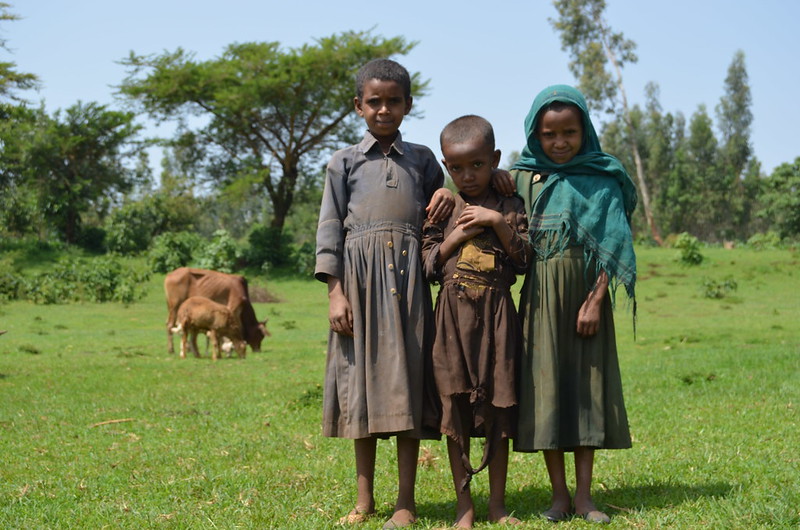 Child labor in Africa is more prominent than in any other region, with more than 70 million child laborers. Millions of children are robbed of their right to education and protection, perpetuating cycles of poverty, inequality and social exclusion that they carry with them throughout their lives. So, tackling child labor is a priority for many organizations, like Fairtrade and World Vision.
Child labor in Africa is more prominent than in any other region, with more than 70 million child laborers. Millions of children are robbed of their right to education and protection, perpetuating cycles of poverty, inequality and social exclusion that they carry with them throughout their lives. So, tackling child labor is a priority for many organizations, like Fairtrade and World Vision.
Child Labor
Child labor is defined by the International Labour Organisation (ILO) as “work that deprives children of their childhood, their potential and their dignity and that is harmful to physical and mental development.” Many millions of children are involved in child labor. A staggering 79 million children aged 5 to 17 engaged in hazardous work as of 2020. The predominant sphere of such exploitation is agriculture, accounting for a staggering 85%. In this sector, children are subjected to hazardous conditions as they engage in tasks ranging from herding livestock to subsistence and commercial farming, jeopardizing their well-being and safety.
Causes
Many factors cause child labor, ones that are intertwined and reinforce one another. However, poverty is the most significant cause of child labor. It pushes families to rely on children for income to fulfill their basic needs like food, shelter and health care. So, for the survival of the family, children are sent to work instead of school to contribute to household income. Similarly, aspects such as job loss or the loss of primary income, as well as parental illness, can increase pressure on children to work and contribute financially to help support the family.
Limited access to education is also an important consideration. Inadequate facilities and poor quality of schooling lead to the perception of education being unnecessary to both parents and children. This perception can force children into labor at a young age. Without access to education, children have fewer opportunities to advance their futures – thus continuing this cycle of poverty.
Further, cultural and social norms significantly contribute to perpetuating child labor. In some communities, some beliefs work contributes to children’s “character-building and skill development.” Cultural norms and practices of child labor are so entrenched that parents and children do not perceive the adverse effects on children’s well-being and rights.
Fairtrade’s Help
Fairtrade understands the importance of effectively addressing child labor issues by considering several key factors. These include improving family incomes and enhancing access to quality education. Additionally, it combats discrimination and exploitation, promoting awareness of child rights, implementing legal interventions and fostering social changes within communities.
By improving income for farmers through Fairtrade Minimum Prices and Premium, Fairtrade is confronting poverty as a primary factor of child labor. These initiatives play a crucial role, as producers can reinvest in their communities with their financial exploits. This reinvestment includes constructing schools, enabling children to pursue higher education and protecting children from the detrimental impact of child labor.
World Vision’s Help
World Vision is tackling child labor through education. By teaching children their rights, the organization is empowering them with knowledge and skills to advocate for their rights and protect themselves from exploitation. It uses initiatives like vocational, life skills and entrepreneur training to improve opportunities for their future.
Community mobilization is also a key approach to World Vision tackling child labor, as it helps break down the cultural and social norms that cause child labor to persevere. World Vision trains people, like parents and faith leaders, in the community to bring about positive change and address damaging cultural and social norms.
Further, World Vision supports children and families through donations. It allows the organization to improve food security and incomes for families. Additionally, children do not need to resort to working to generate revenue for the family. Furthermore, World Vision also advocates and lobbies for national policies so children’s rights are prioritized.
The issue of child labor in Africa remains a significant challenge, with millions of children deprived of their rights. Rooted in poverty, social norms and limited access to education, child labor perpetuates cycles of poverty and inequality. However, organizations like Fairtrade and World Vision are at the forefront of efforts to tackle child labor in Africa and address these root causes.
– Isabella Green
Photo: Flickr
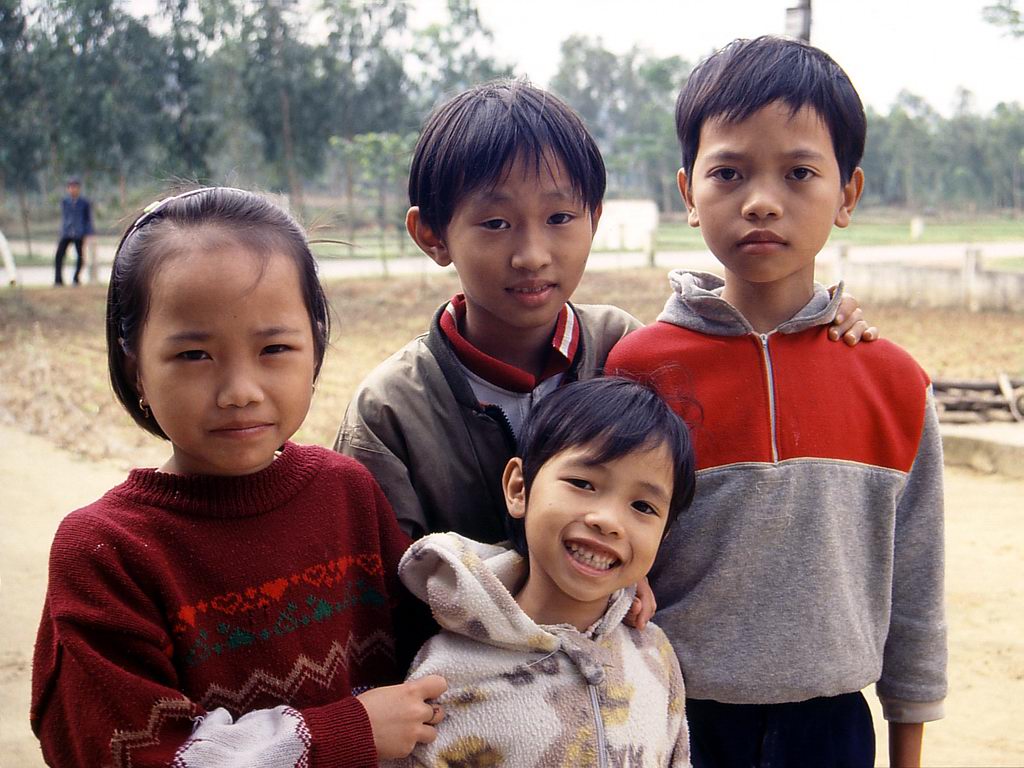
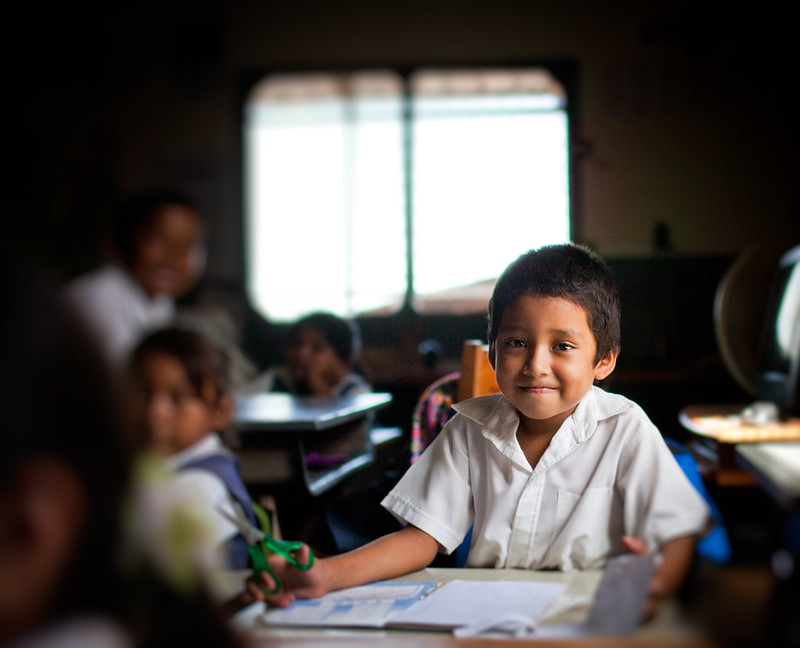
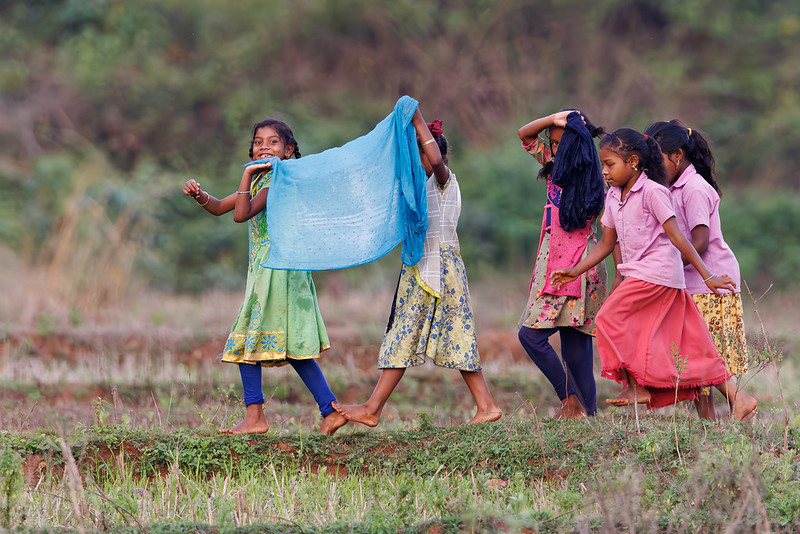
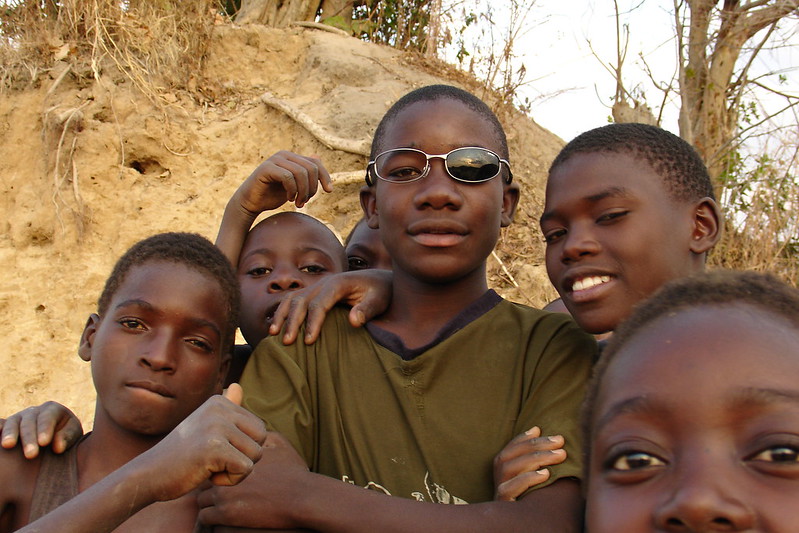
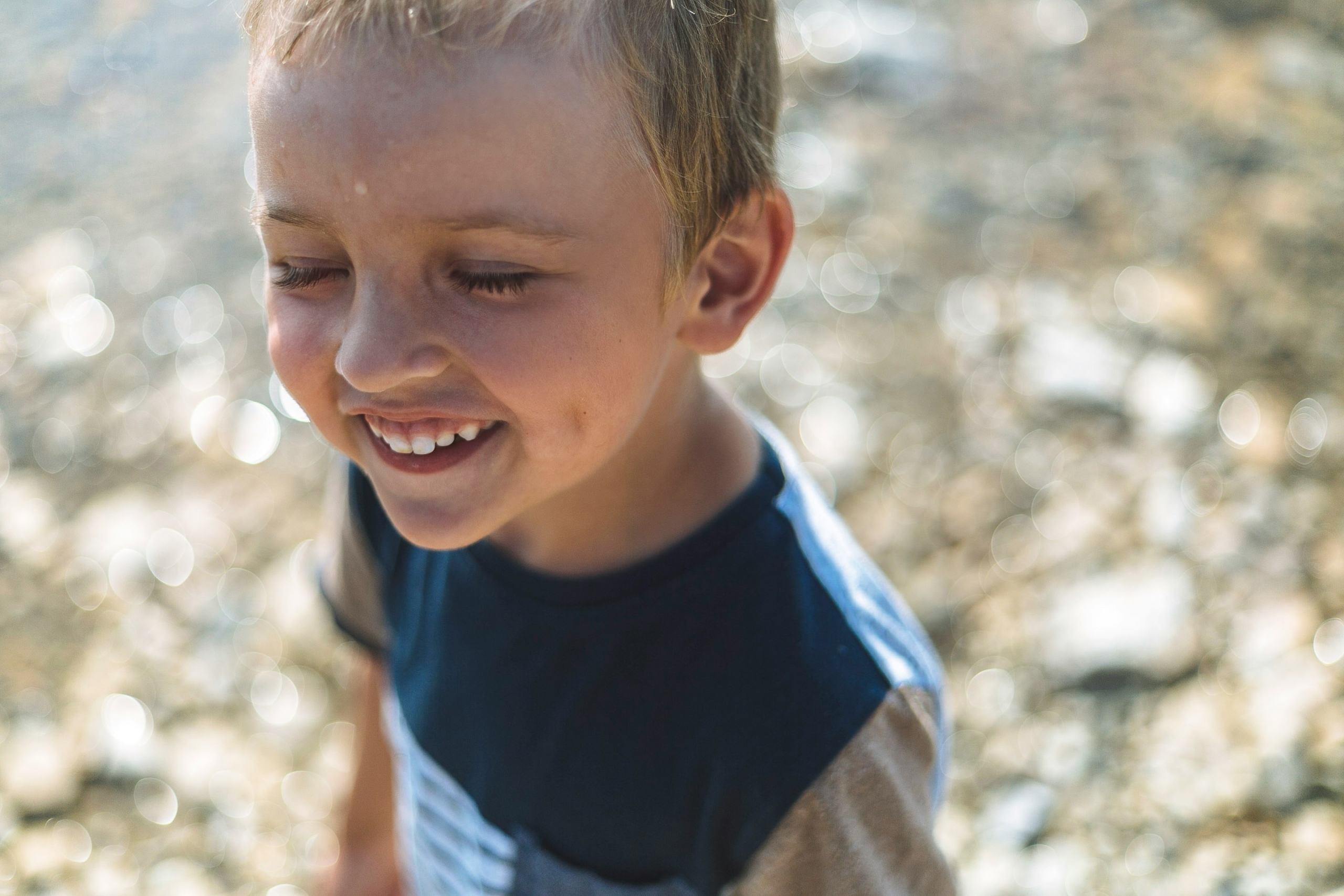
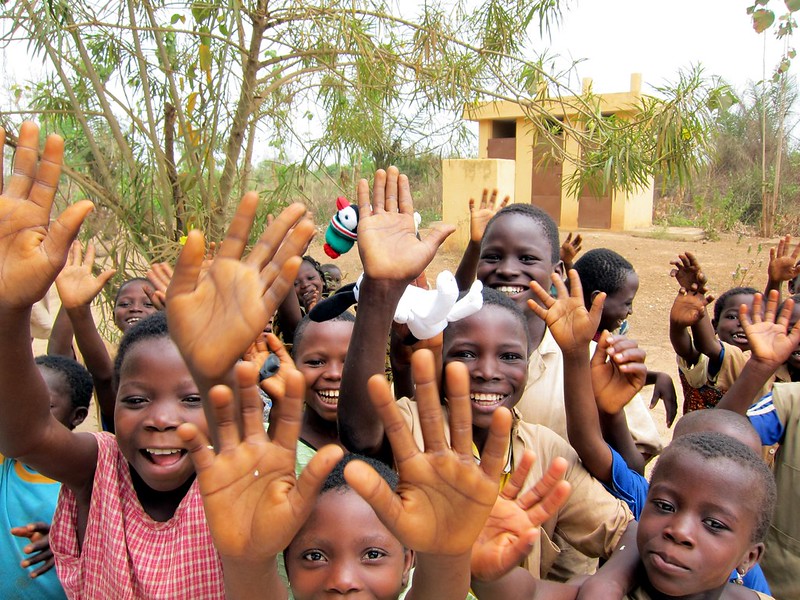
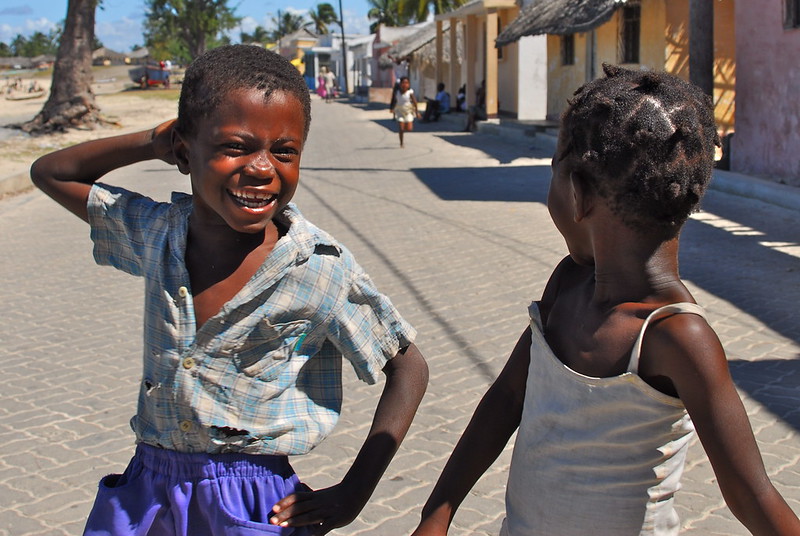
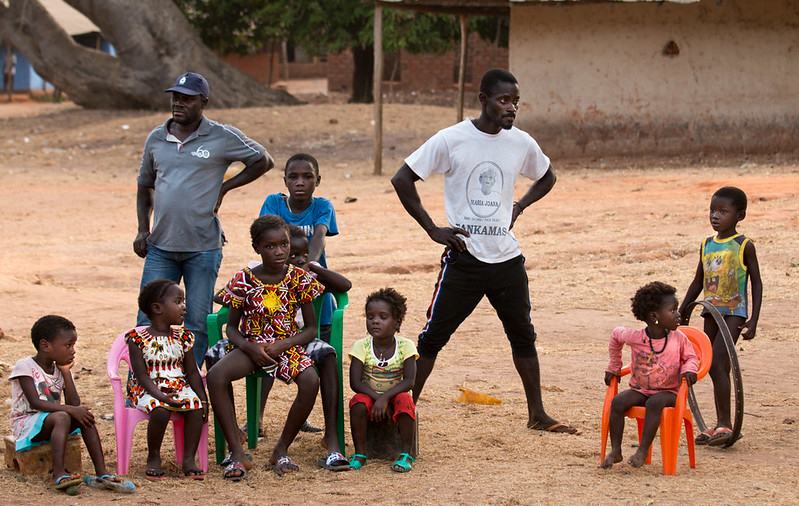 The small, West African country of Guinea-Bissau, comprised of 88 islands, is home to 1.8 million people. Its beautiful landscapes, pristine beaches, cultural traditions and natural source of mangoes, cashews and papayas attract tourists to its UNESCO Biosphere Reserve.
The small, West African country of Guinea-Bissau, comprised of 88 islands, is home to 1.8 million people. Its beautiful landscapes, pristine beaches, cultural traditions and natural source of mangoes, cashews and papayas attract tourists to its UNESCO Biosphere Reserve. 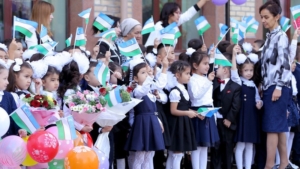 Uzbekistan is a ‘young’ nation. Of its
Uzbekistan is a ‘young’ nation. Of its 